Most People Fumble with Knots: Mastering These 5 Knots Will Transform Your Wilderness Skills
Struggling with Knots? Essential Knot-Tying Skills for Outdoor Adventures
People who venture into the wild, whether they're scaling a granite face or simply pitching a tent in the backyard, underestimate the quiet genius of a well-tied knot. They struggle with flapping tent lines in a sudden gust, gear tumbling from a poorly secured pack, or worse, a precarious anchor point that screams for disaster. People approach knot-tying with a mix of apprehension and outright dread, considering knots as complex. They wrestle with tangled lines, curse their clumsy fingers, and secretly pray that whatever they've lashed together won't unravel at the worst possible moment.
This article will provide practical knowledge in knot-tying, which I hope will lead to increased confidence and safety in outdoor activities. You'll learn five essential knots and understand their specific use and application.
If you've ever spent precious minutes of daylight battling a recalcitrant knot or, worse, experienced the sinking feeling of watching your gear tumble down a hillside because of a poorly secured line, then you know the pain. The worst skill you can cultivate in the outdoors is a lack of knot-tying know-how. It's a fundamental language of the wilderness, and these five essential knots are your Rosetta Stone.
I remember once, nearly 30 years ago, backpacking through the interior mountains of British Columbia, I watched a seasoned climber effortlessly secure his rope to a belay point with a knot I couldn't even name at the time. It was a moment of pure admiration, a glimpse into the mastery that comes with understanding these intricate weaves. He explained, with the patience of a seasoned teacher, the basics of knot tying, and it sparked a fascination that's stayed with me ever since. It's not just about practicality; it's about confidence, safety, and, in a way, a deeper connection to the natural world.
So many years later, I’ve learned and continue to learn the secrets of knots. This primitive skill, without question, was a helping hand in the exploration of our planet and our evolution for thousands of years. As I’ve developed my knot-tying skills, I’ve learned that this expertise translates to a more enjoyable and less stressful outdoor experience, minimizing the risks associated with poorly tied knots and enabling focus on the adventure itself.
With more than 3000 documented knots, the question is where to begin?
The answer is not to focus on specific knots but instead, explore their purpose and unravel their mysteries by breaking them down into categories as neatly as a well-organized gear closet. Think of them as the essential tools in your wilderness toolkit: Bend Knots, Binding Knots, Hitch Knots, Loop Knots, and Stopper Knots.
1. Bend Knots: The Handshake of Ropes
Bend knots are the connectors, the handshakes between two ropes. I like to think of them as bridges - the knots that connect one object to another. Bend knots allow you to extend your reach and join two ropes together. The Sheet Bend is the classic Bend knot. It’s a true workhorse and a relatively reliable way to join two ropes, even if they vary in diameter. It's simple and easy to untie – crucial when you're working in challenging conditions. However, the advantage of a Sheet Bend being easy to tie (and untie), which also means that it has a tendency to collapse if tension isn’t maintained on the line. Still, the Sheet Bend provides a rope connection that has been a foundation knot in outdoor programs like the Scouts and many sailing programs for generations, making it an indispensable part of any outdoor kit.
2. Binding Knots: Keeping it All Together
Binding knots are the organizers. They’re the ones that keep your gear, firewood, or anything else you need bundled up and securely fastened. Binding knots are the duct tape or the zip ties of the rope world. An amazing foundation knot which can be found in the complex structure of hundreds of other knots is the Half Knot. It’s the starting point, the first step in a journey of secure connections. Think of it as the period at the end of a sentence, a simple but essential knot.
The Language of Knots - Your Rosetta Stone
Tying knots is like learning a new language in the wilderness. Each knot is a word, carefully chosen and precisely formed, a word that speaks to the specific challenge at hand. The bend knot is a conjunction, joining two separate ideas (ropes) into a single, stronger phrase. The hitch knot is a verb, that anchors you to a point of action or stability. The loop knot is a preposition, creating a fixed relationship between you and your environment. The stopper knot is punctuation, a period at the end of a task, preventing unravelling or slippage. Learning these knots isn't just about functionality; it's about becoming fluent in the language of the outdoors, able to express yourself with confidence and grace in the face of any challenge.
3. Hitch Knots: Anchoring in the Wild
Hitch knots are the anchors, the points of connection between your rope and the world around you. They're the ties that bind you to a tree, a rock, or another rope. Many (but not all) Hitch knots are adjustable loops. That is, they are loop knots which change size or shape when pulled on or removed from an object. A fundamental Hitch knot is the Taut-Line Hitch, a master of adjustability, ideal for tensioning tent lines or creating a clothesline. It allows you to fine-tune the tension, ensuring a taut and secure setup, regardless of the terrain. I've relied on this knot countless times in unpredictable weather, and it's never failed me.
4. Loop Knots: Creating Secure Circles
Loop knots create fixed, non-adjustable loops in your rope, providing secure points for carabiners, anchors, or anything else that needs a stable loop. The Bowline, often hailed as the "King of Knots," is a classic Loop knot renowned for its strength and reliability. It's a knot you can trust in many situations. It has similar traits to the Sheet Bend, and some would say that the Bowline is a Loop knot created by tying a Sheet Bend around itself. The bowline is secure when tension is maintained and is easy to untie when you’re finished with it. Learning the Bowline is like learning to ride a bicycle; once you've mastered it, it becomes second nature.
5. Stopper Knots: Preventing Runaways
Stopper knots are the guardians, preventing the end of your rope from slipping through a hole, a pulley, or any other opening, and also can be used at the end of a rope to prevent it from fraying. They're the small details that make a big difference in safety and convenience. The Figure Eight knot is a popular stopper knot, easy to tie, effective, and easier to untie than its cousin, the Overhand knot. The Stopper knot is the final touch, the last word in securing your rope.
An Essential Skill worthy of more attention
Knot-tying is an essential skill for any outdoor enthusiast, offering not just practicality but also a deeper connection to nature. Mastering knots provides confidence, enhances safety, and transforms the outdoor experience from frustrating fumbling to a harmonious interaction with the elements. It's a skill that will serve you well on every adventure, from a casual day hike to a multi-day trek. So, grab a rope, find a quiet spot, and start practicing. You might be surprised at the sense of empowerment that comes with mastering these intricate weaves. Knots are the primitive language of the wild which enabled us to create basic tools and explore the globe. Learning them is like finding your voice in the wilderness.
You might also like:
Tangled Up: Why Your Knots Betray You (and How to Speak Their Secret Language)
The worst knot you can tie isn't a clumsy granny knot or a slipped bowline. It's the knot you think you understand, the one you tied with …
Why Skills Matter in the Age of Exploration - Enter KnotSkool
The modern outdoorsman, I believe, is more than just a consumer of gear. They are a craftsman, a problem-solver, a student of the natural world. Knowing how to navigate by the stars, purify water, and build a shelter from the elements – these aren't just survival tactics; they are keys to deeper immersion, to a more profound connection with the wild.
Think of it this way. Learning to tie a proper knot isn't just about securing gear; it's about understanding friction, leverage, and the subtle interplay of forces. Building a fire isn't just about warmth; it's about understanding combustion, airflow, and the delicate dance of tinder, kindling, and fuel. These skills aren't just technical; they are a way of thinking, a framework for understanding the natural world on its own terms.
The rewards extend far beyond the practical. Mastering a wilderness skill fosters a sense of self-reliance and accomplishment. It connects us to a rich human history of ingenuity and adaptation. It deepens our appreciation for the natural world, not as a passive backdrop for our adventures but as a dynamic system with its own intricate rules and rhythms.

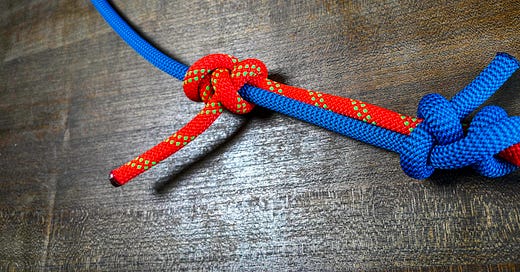



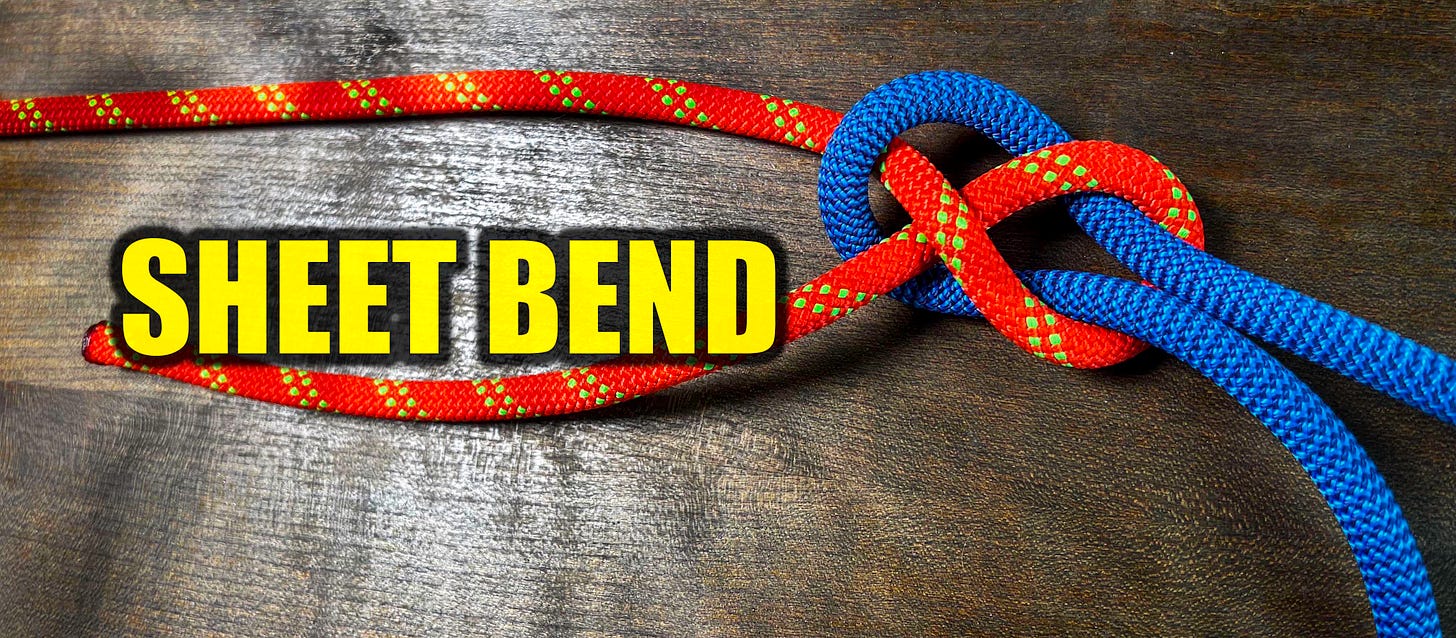
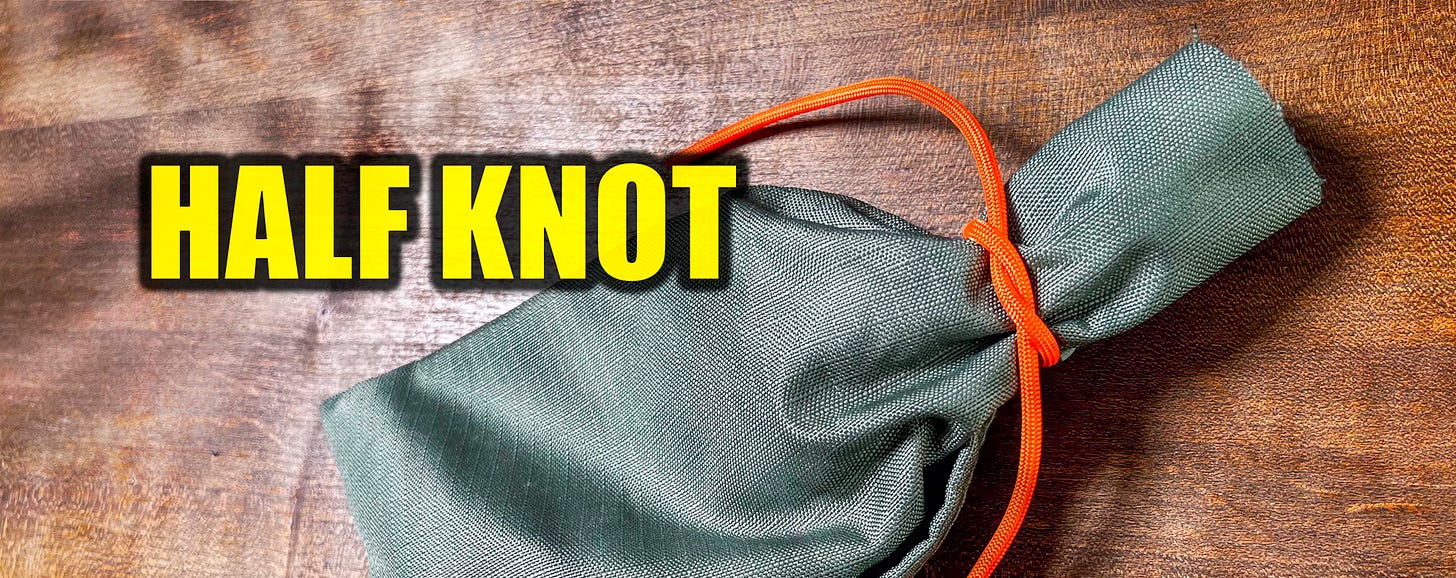

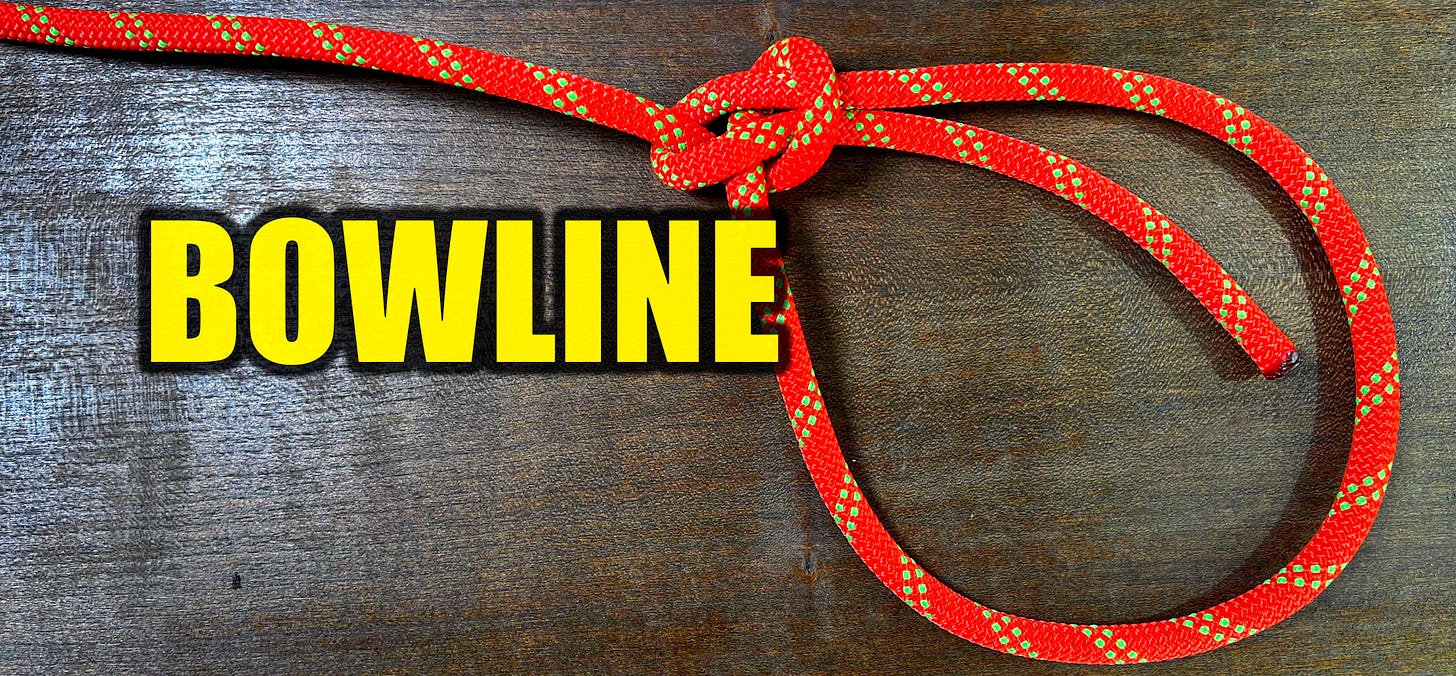
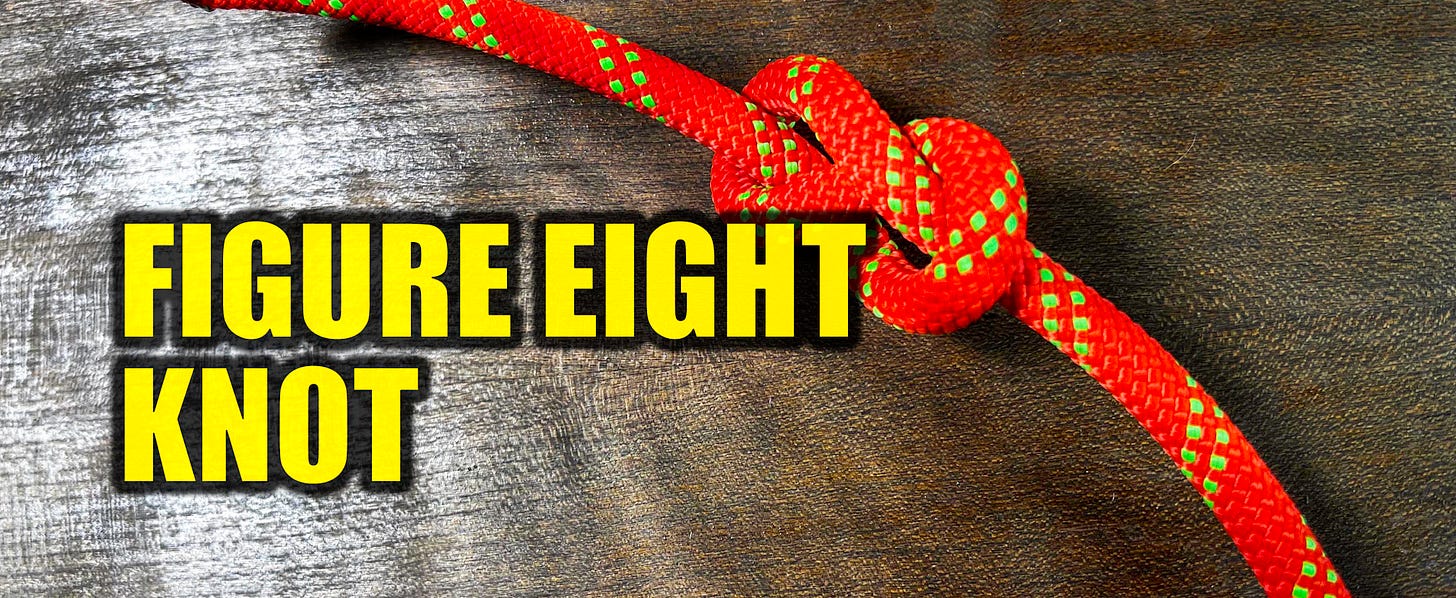
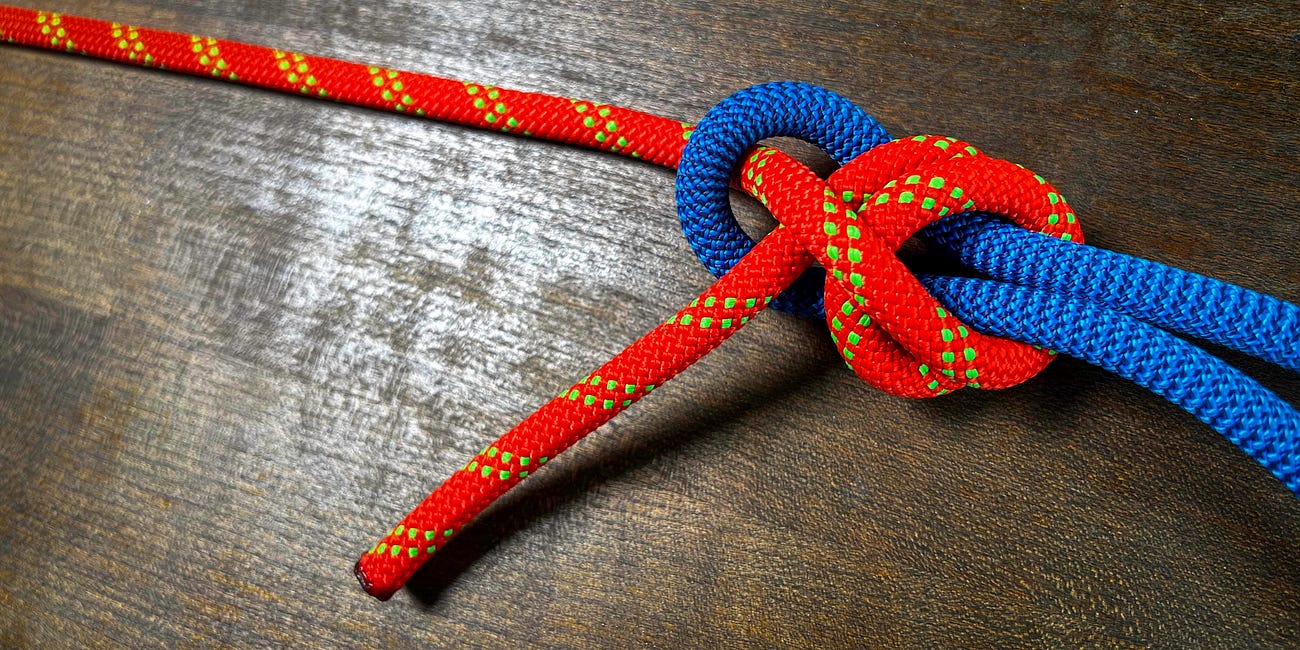
I have a very comprehensive book on knots, "The Ashley Book of Knots", by Clifford W. Ashley. It not only is a tremendous catalog of knots for all kinds of specific purposes, with photos and instructions, it also teaches the theory of how knots work.
How much is the membership? I doesn’t tell you until you fill out personal information first